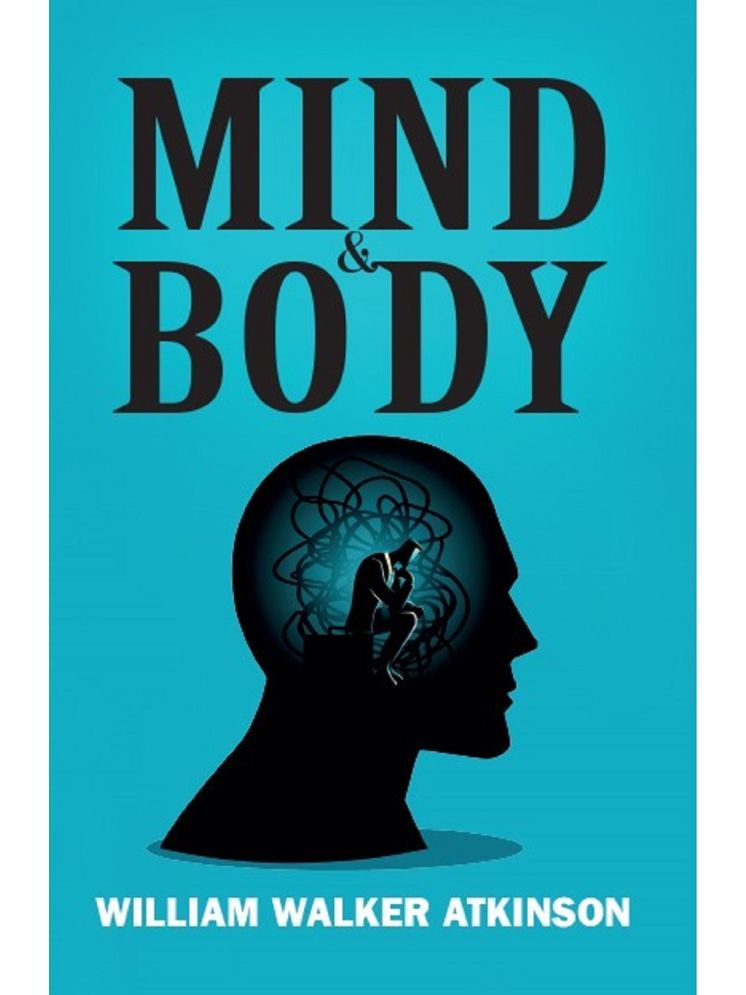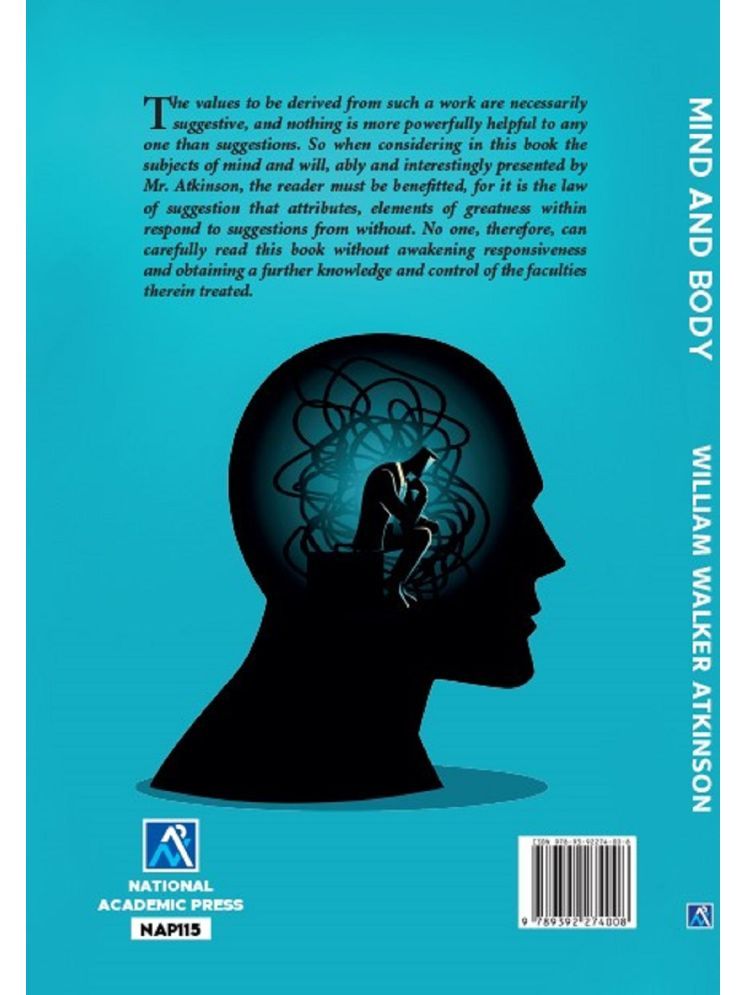Mind and Body by William Walker Atkinson is a classic work that delves into the connection between the mind and physical health. Atkinson, a prolific writer and teacher in the early 20th century, was a key figure in the New Thought movement, which emphasized the power of the mind in shaping one’s reality. In this book, he explores the concept that mental states—thoughts, emotions, and attitudes—have a profound impact on physical health, well-being, and the body's overall functioning.
Key Themes and Concepts in Mind and Body:
The Power of the Mind: Atkinson emphasizes the idea that the mind and body are deeply interconnected. He presents the theory that thoughts and mental states can influence physical health—both positively and negatively. Positive thoughts and mental discipline can lead to improved health and vitality, while negative thinking or emotional stress can contribute to physical ailments.
Mental Control Over the Body: One of the central ideas of the book is that the mind has a controlling influence over the body. Atkinson discusses how individuals can train their minds to control physical responses, like stress, fatigue, and illness, through positive thinking, visualization, and mental focus. He suggests that by mastering mental states, people can harness the power to heal and maintain a healthy body.
The Role of Emotions: Atkinson discusses how emotions—whether positive or negative—affect the body. For example, stress, fear, and anger can create physical tension, disrupt the body's functions, and lead to illness, while positive emotions such as joy, love, and gratitude can improve health, reduce stress, and promote healing.
The Mind-Body Connection in Healing: The book touches on the therapeutic aspects of mental discipline, including the idea of using mental concentration and positive affirmations to heal the body. Atkinson suggests that by focusing on healing thoughts and visualizing wellness, individuals can influence their physical health.
Mental and Physical Harmony: Atkinson argues that a harmonious relationship between mind and body is essential for optimal health. He suggests that balance in mental, emotional, and physical states is necessary for achieving vitality and longevity. By cultivating mental calmness and emotional stability, one can maintain physical well-being.
Self-Mastery: A major theme of the book is the importance of self-mastery. Atkinson believes that by developing control over the mind, individuals can master their bodies as well. This includes learning to relax the body at will, manage stress, and overcome negative physical habits through mental discipline.
The Power of Thought and Belief: Throughout the book, Atkinson emphasizes the transformative power of thought. He argues that belief in one’s ability to achieve health and vitality is a crucial element in the process of healing. The mind, when focused on positive goals and outcomes, can create lasting changes in the body.
Central Concept:
The central idea of Mind and Body is that the mind exerts a powerful influence over the physical body, and by cultivating a disciplined, focused, and positive mental state, one can achieve better physical health, prevent illness, and even aid in healing from ailments.
Mind and Body is an influential work in the self-help and wellness fields, exploring the profound impact of mental attitudes on physical health. It introduces concepts that align with modern practices like mindfulness, visualization, and the mind-body connection in alternative medicine, though it predates these developments by several decades. Atkinson’s ideas laid the groundwork for the holistic approach to health that is now common in both traditional and alternative medicine.


